Gympie messmate is a strong, versatile and popular timber used for a wide range of interior and exterior applications.
Queensland Messmate, Dead Finish, Yellow Messmate
Eucalyptus cloeziana
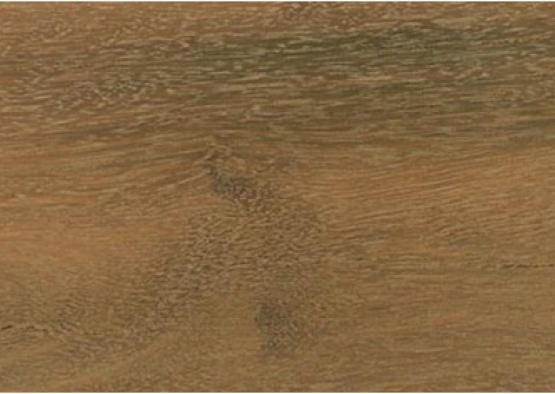
Gympie messmate is a large native hardwood harvested commercially in Queensland. Magnificent examples of the species can be found around the Gympie area (hence the name), where it is noted for its excellent stem form and vigour, reaching up to approx 60 metres in height and two metres wide. It is also widely scattered from Tambo to Mundaberra in the east to near Cooktown in Queensland's north, with isolated pockets occurring in between.
Gympie messmate features yellow-brown heartwood that is strong, hard and extremely durable. Its sapwood is noticeably paler in colour, ranging from white to grey-white. The grain is generally uniform, unfigured, with a fine to medium texture that can sometimes be shallowly interlocked. Bark is soft, flaky, and fibrous with distinctively tessellated fine or coarse longitudinal fissures and is often mistaken for the yellow bloodwoods, although there is no relation between these two species.
Plantation-grown Gympie messmate is readily available. This strong, versatile timber machines, turns, and dresses well and readily accepts paint, stains and polish.
This highly valuable tree species is used for heavy engineering construction, railway sleepers, mining timber, posts, poles and scantling. It is highly resistant to decay from ground contact or in damp, poorly ventilated conditions. These properties make messmate extremely useful for outdoor furniture, turning and joinery, as well as crafting keeling and framing components in vehicles and carriage building.
Gympie messmate is often used as sawn and round timbers for wharf and bridge construction, while unseasoned sawn timber is regularly employed for general house framing. Seasoned dressed timber is used for cladding, internal and external flooring, lining, joinery, fencing, landscaping and retaining walls. Most power poles in south east Queensland are created from Gympie messmate.
Shrinkage
| Very Low | Low | Medium | High | Very High | |
|---|---|---|---|---|---|

|

|
||||
Tangential : |
6.00%
|
||||
Radial : |
3.40%
|
||||
Unit Movement Tangential: |
0.37%
|
||||
Unit Movement Radial: |
0.21%
|
Strength Group

Very High |
High |
Reasonably High |
Medium High |
Medium |
Reasonably Low |
Low |
Very Low |
||
Unseasoned: |
S1 |
S2 |
S3 |
S4 |
S5 |
S6 |
S7 |
S8 |
|
|---|---|---|---|---|---|---|---|---|---|
 |
|||||||||
Seasoned: |
SD1 |
SD2 |
SD3 |
SD4 |
SD5 |
SD6 |
SD7 |
SD8 |
|
 |
Stress Grade

| Structural No. 1 |
Structural No. 2 |
Structural No. 3 |
Structural No. 4 |
Structural No. 5 |
|
Unseasoned: |
F27 |
F17 |
F14 |
F11 |
F8 |
Seasoned: |
F27 |
F22 |
F17 |
F14 |
F11 |
Density per Standard

Seasoned: |
955kg/m3
|
|---|---|
Unseasoned: |
Joint Group

Very High |
High |
Reasonably High |
Medium |
Low |
Very Low |
|
Unseasoned: |
J1 |
J2 |
J3 |
J4 |
J5 |
J6 |
|---|---|---|---|---|---|---|
 |
||||||
Seasoned: |
JD1 |
JD2 |
JD3 |
JD4 |
JD5 |
JD6 |
 |
Colour

| White, yellow, pale straw to light brown | Pink to pink brown | Light to dark red | Brown, chocolate, mottled or streaky | |
 |
||||
Mechanical Properties
Modulus of Rupture - Unseasoned: |
94
|
|---|---|
Modulus of Rupture - Seasoned: |
137
|
Modulus of Elasticity - Unseasoned: |
14
|
Modulus of Elasticity - Seasoned: |
17
|
Maximum Crushing Strength - Unseasoned:  |
49
|
Maximum Crushing Strength - Seasoned: |
73
|
Impact - Unseasoned: |
21
|
Impact - Seasoned: |
13
|
Toughness - Unseasoned: |
Medium - 15 - 24 Nm
|
Toughness - Seasoned: |
Medium - 15 - 24 Nm
|
Hardness - Unseasoned: |
7.7
|
Hardness - Seasoned: |
12
|
Durability
| Low | Moderate | Reasonably High | High | |
| (0 - 5 yrs) | (5 - 15 yrs) | (15 - 25 yrs) | (more than 25 yrs) | |
In-Ground: |
 |
|||
| (0 - 7 yrs) | (7 - 15 yrs) | (15 - 40 yrs) | (More than 40 yrs) | |
Above ground: |
 |
|||
| (0 - 20 yrs, usually < 5) | (21 - 40 yrs) | (41 - 64 yrs) | (More than 60 yrs) | |
Marine Borer Resistance: |
Lyctid Borer Susceptibility: |
Not Susceptible |
|---|---|
Lyctid Borer Susceptibility - Other: |
|
Termite Resistance: |
Resistant
|
Fire Properties
| 1 - non-combustible | 2 - reasonably non-combustible | 3 - slightly combustible | 4 - combustible | |
Fire Properties Group |
Group Number - Other: |
3 if used on MDF or particleboard ≥12mm; veneer thickness 0.6-0.85mm
|
|---|---|
Average Specific Extinction Area: |
<250
|
Bushfire Resistance: |
BAL 12.5 and 19 – All AS3959 required applications
|
Gympie messmate has yellowish-brown hued heartwood, its sapwood is noticeably paler in colour, ranging from white to grey-white. The grain is uniform, unfigured, with a fine to medium grain that is sometimes shallowly interlocked. Bark is soft, flaky and fibrous with distinctively tessellated fine or coarse longitudinal fissures, causing it to be confused with the unrelated yellow bloodwood.
Gympie messmate is valued for its versatility, strength and strong resistance to decay resulting from ground contact or constantly damp, poorly ventilated conditions. It is employed in a wide variety of heavy construction applications, including as sawn and round timbers for wharf and bridge construction, railway sleepers, mining timber, posts, poles and scantling. Its water resistant properties make it ideal for crafting keeling and framing components in vehicles and carriage building.
The unseasoned raw timber is often used for general house framing, while seasoned timber is employed by the construction industry for cladding, internal and external flooring, lining, joinery, fencing, landscaping and retaining walls. It also makes excellent outdoor furniture.
This strong, versatile timber machines, turns and dresses well and readily accepts paint, stains, and polish. There are no issues with fixing standard fittings and fastenings. When gluing, machining and surface preparation should be done in advance, like most high-density species. The timber can be satisfactorily seasoned using conventional air and kiln methods. Preservatives readily impregnate the sapwood.
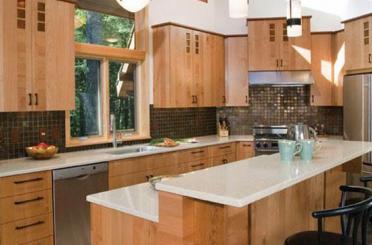
Joinery
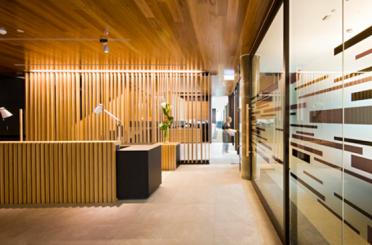
Panelling, Interior
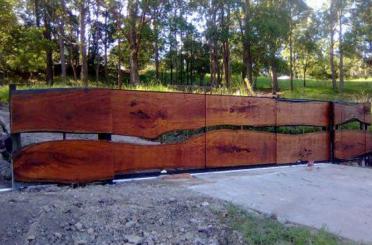
Fencing
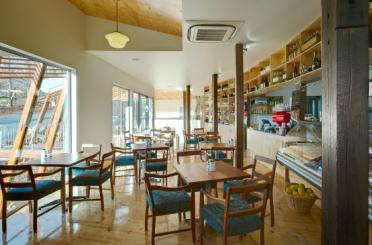
Structural Timber Poles
Allied Forest Products

Garde Timber Pty Ltd

Matilda Veneer

Pentarch Forestry

Three(3)DM Pty Ltd



